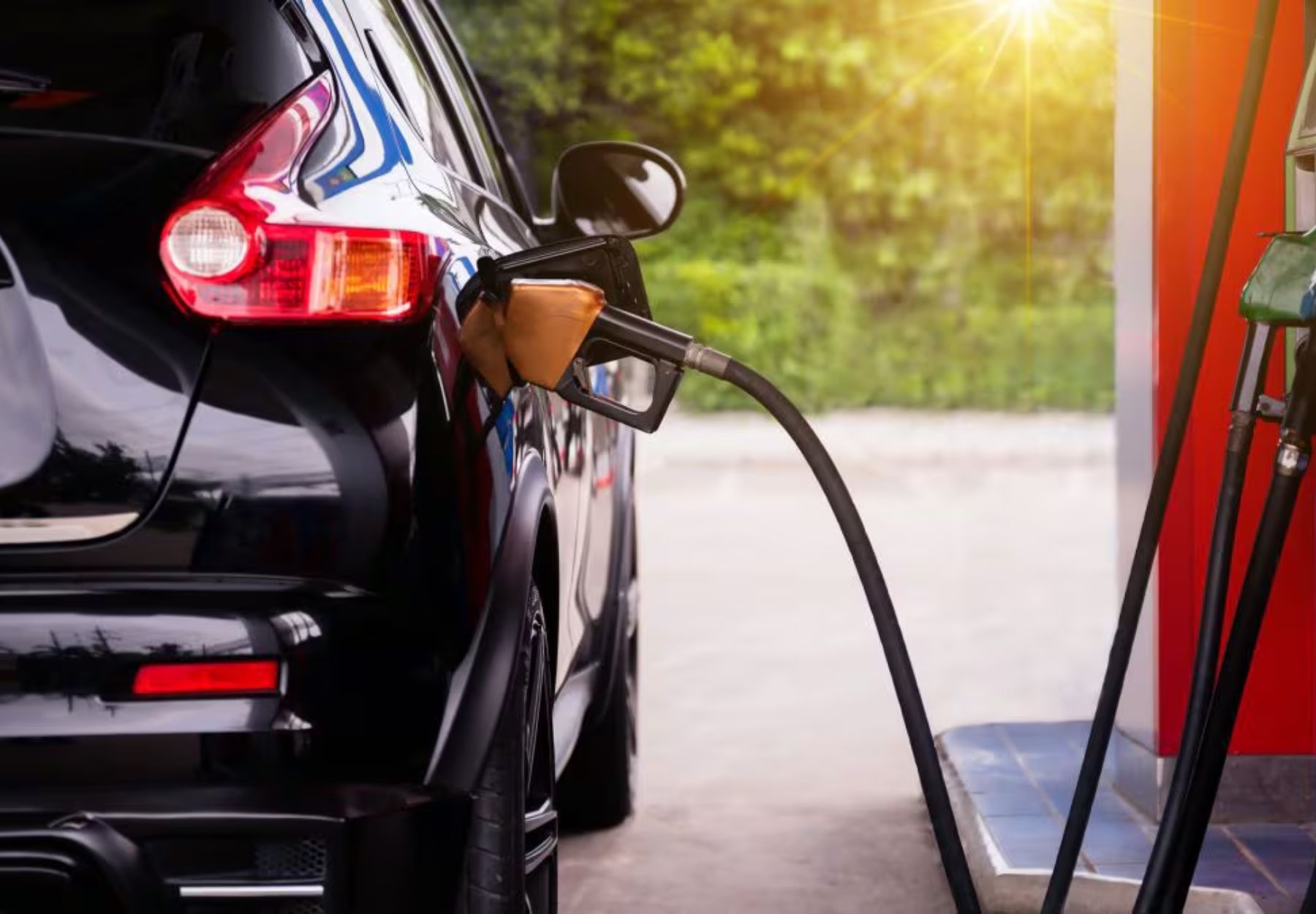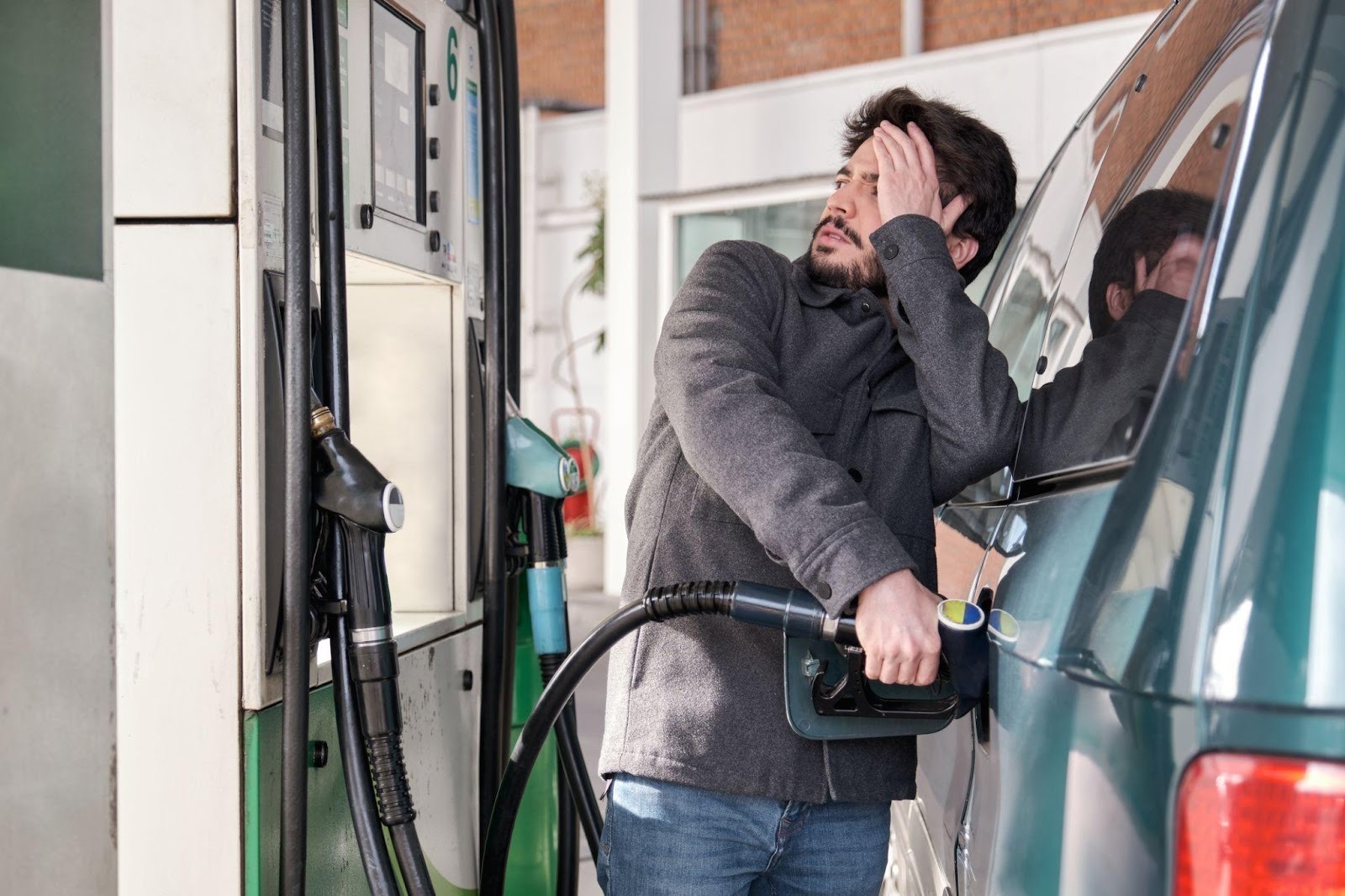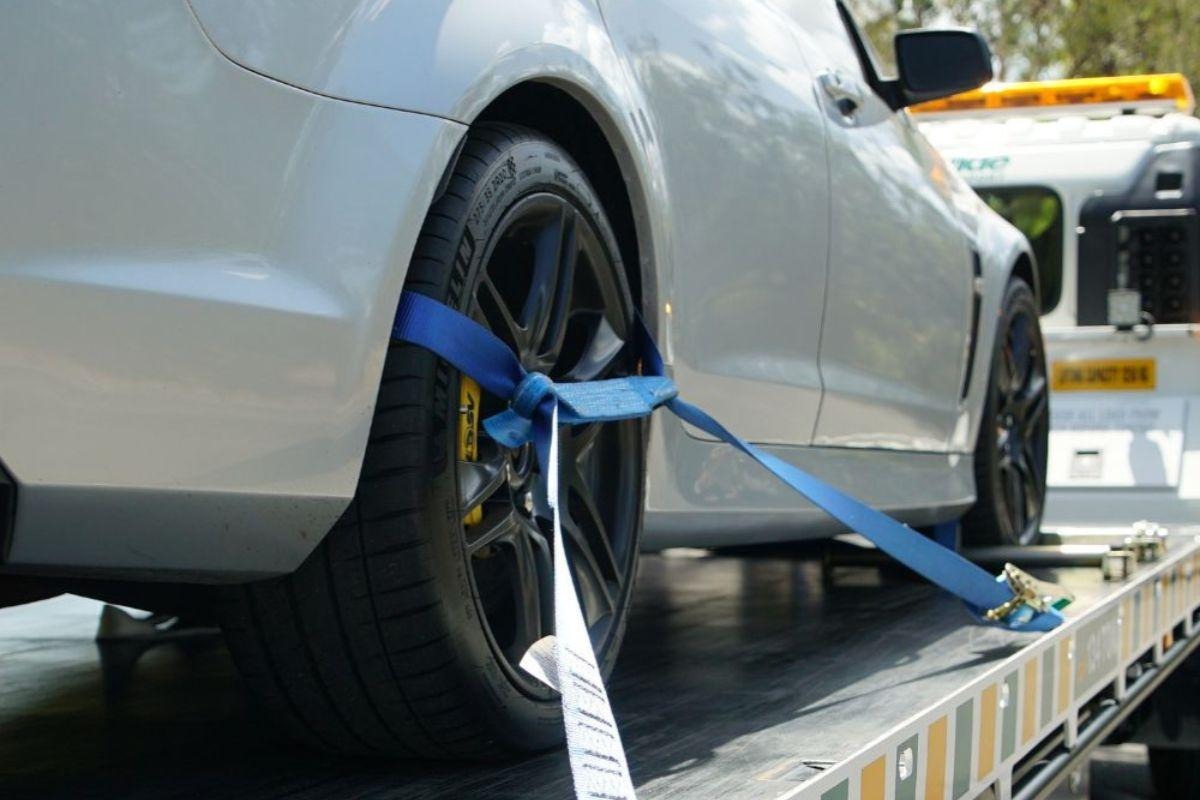Need an urgent quote?
Call us to speak to a team member


Filling up at the bowser is something most drivers do without thinking. You pull in, grab the nozzle, fill it up, pay and get back on the road. But it only takes one quick mistake to cause serious trouble. Putting the wrong fuel in your car can lead to costly repairs, engine damage, and a whole lot of stress.
If you have ever thought, “I put the wrong fuel in my car, what happens now?”, you are not alone. Thousands of Australians misfuel every year. The key is knowing what to do next, what signs to look out for, and how to get professional help before the damage gets worse.
The symptoms of wrong fuel in a car can appear immediately or develop over a few minutes, depending on how much fuel entered the system and whether the engine was started. Common wrong fuel in car symptoms include:
If you notice any of these symptoms and suspect you may have put the wrong fuel in your car, switch off the engine straight away. The less the fuel circulates, the easier and cheaper it will be to fix.
If you realise “I put the wrong fuel in my car”, do not panic. What you do next can make a big difference in preventing serious engine damage.
If you have not turned on the ignition yet, do not do it. This stops the contaminated fuel from entering the fuel lines and injectors.
The faster you stop the engine, the less likely it is that the wrong fuel will circulate through the system.
Modern vehicles have sealed systems and complex fuel delivery components that require specialist tools to clean safely.
Contact a roadside assistance or towing service like Nationwide Towing & Transport for help. Their trained technicians can safely recover your vehicle and arrange for proper fuel draining and system inspection.
If you are stranded at a service station, stay calm, move your vehicle to a safe position if possible, and inform the station attendant. Misfuelling happens more often than people realise.

Not all misfuelling mistakes cause the same damage. The consequences depend on whether you put petrol into a diesel car or diesel into a petrol car.
Putting petrol in a diesel car is the most common and most serious mistake. Diesel acts as a lubricant for the engine, and petrol removes that lubrication, causing friction and damage. Even a small amount of petrol can harm injectors, fuel pumps, and other internal parts.
If you start the engine after adding petrol to a diesel car, you risk major mechanical failure. This can lead to expensive repairs or even full fuel system replacement.
Diesel nozzles are usually larger, which makes it harder to fit one into a petrol filler neck. But it still happens. Diesel does not ignite as easily as petrol, so if you put the wrong diesel fuel in your car, the result is poor performance, smoke, and possible engine fouling.
While this scenario is generally less destructive than petrol in diesel, it still requires immediate draining and cleaning by a professional mechanic or fuel specialist.
Many drivers wonder what happens if you put the wrong fuel in a car and how much to fix the mistake, and the answer depends on how quickly the error is caught.
If the wrong fuel has not reached the engine, a simple fuel drain may cost between $300 and $600, depending on the service provider and vehicle type. If the engine has been started and contaminated fuel has circulated, the cost can rise to $2,000 or more, especially for diesel engines with damaged injectors or pumps.
Some insurance policies cover wrong fuel incidents, but many treat them as driver error. It is best to check your policy details. If you are not covered, a professional towing and repair service is your best option for minimising costs and avoiding long-term damage.
Even careful drivers can make mistakes, especially when refuelling in a hurry or using unfamiliar vehicles. Here are a few practical tips to avoid this situation in the future:
A few seconds of double-checking can save you thousands in repairs and the headache of dealing with a fuel emergency.
If you suspect or know you have put the wrong fuel in your car, the only safe solution is professional removal. The contaminated fuel must be completely drained, and the system flushed before new fuel is added.
Professional technicians use specialised vacuum equipment to extract fuel from the tank, lines, and filters without damaging sensitive components. Once drained, they will refill the tank with the correct fuel, run tests, and ensure the system is clean and safe to drive again.
Attempting to fix it yourself can lead to spills, safety risks, or further mechanical damage. Always contact a qualified service provider.
Misfuelling might seem like a small mistake, but the consequences can be costly. Modern engines are finely tuned, and the wrong fuel can disrupt sensors, pumps, and injectors within minutes. Acting quickly and seeking professional help can be the difference between a minor inconvenience and a major repair bill.
Whether you realise it at the bowser or halfway down the highway, stop driving immediately, stay safe, and arrange assistance.

If you have put the wrong fuel in your car, do not risk further damage by trying to drive or drain the tank yourself. Contact Nationwide Towing & Transport, one of Australia’s most experienced and trusted providers of towing and roadside assistance.
Our team can safely recover your vehicle and connect you with specialists who can drain and clean your fuel system properly. With a national fleet and decades of experience, we are ready to help wherever you are.
Keep our number, 134 869, saved in your phone so you are prepared if the unexpected happens. When it comes to situations where you’ve put the wrong fuel in your car, professional help is the safest and most cost-effective solution.
Every person within Nationwide Group plays an important role in our success. We believe that our success comes from the passion and talent of our team, and we work hard to provide opportunities for growth and development for our people.

Have you broken down or need urgent transportation?
Get in touch via phone or online form to arrange help!